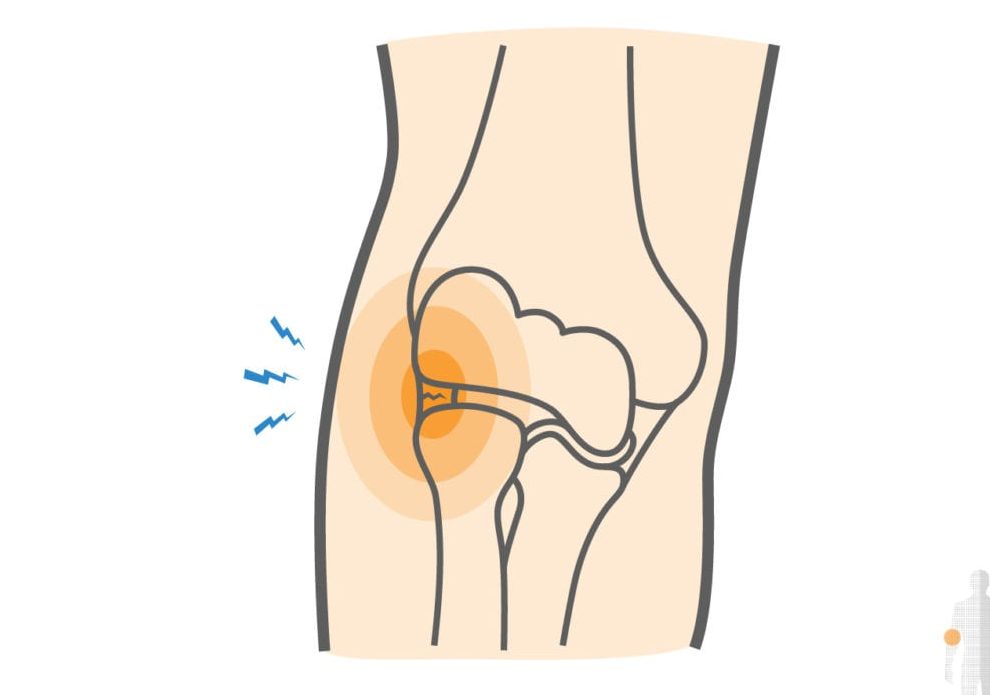The elbow joint has three ligaments that connect the upper and lower arm and provide stability and range of motion. The lateral collateral ligament (LCL) of the elbow is the ligament on the outside of the elbow, not to be confused with the LCL in the knee. The LCL in the elbow is sometimes also called the radial collateral ligament (RCL).
This ligament can become sprained or torn as a result of a sports injury. Because the LCL has an important role in supporting the elbow, injury can lead to elbow instability.


